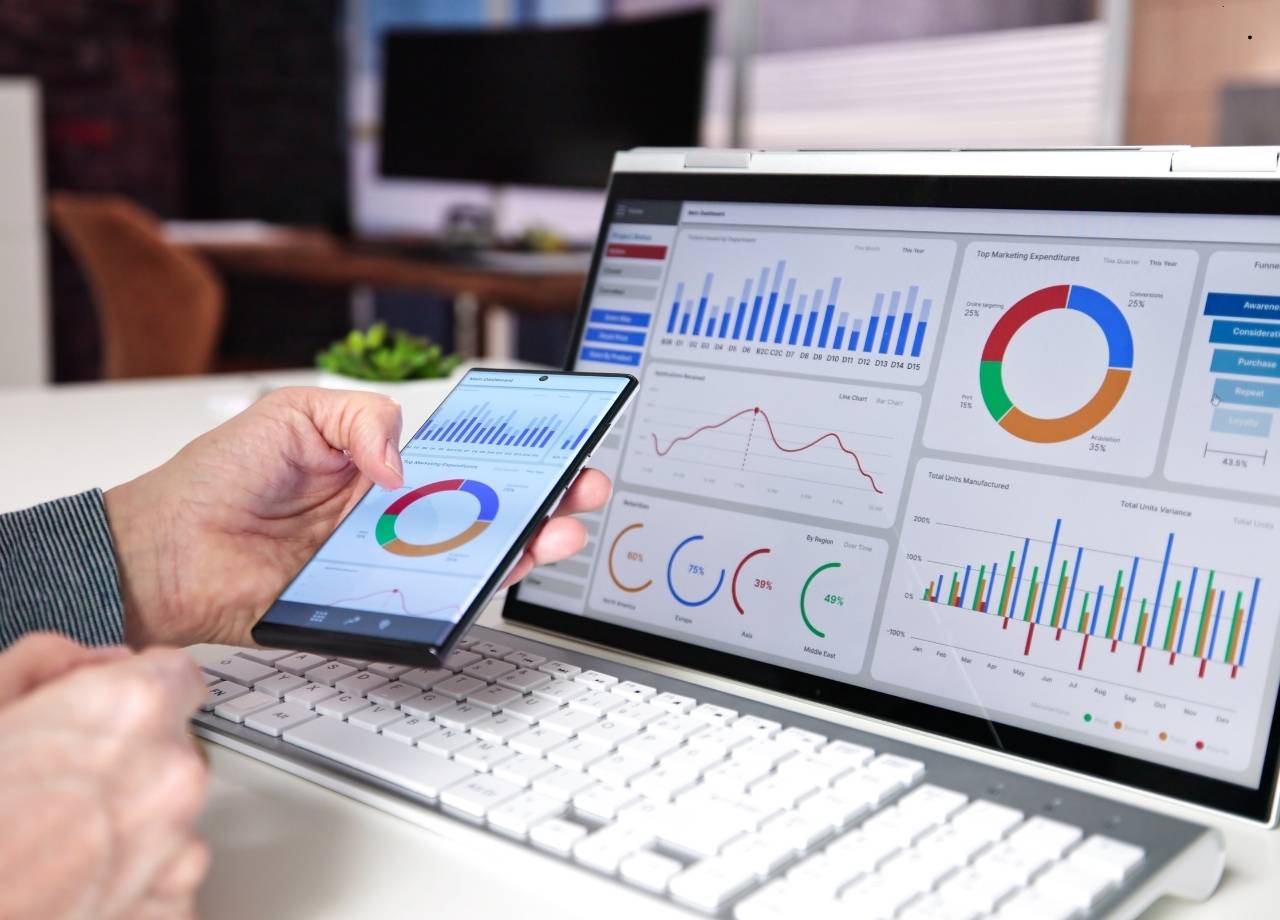
I still remember the moment a customer walked into our store clutching a receipt from three months ago. She grinned and said, “I’ve spent more here than anywhere else—and I want to see what reward I’m getting.” It clicked for me: loyal customers, armed with personalized purchasing histories, aren’t just passive shoppers. They’re active participants in our brand’s story. That’s where loyalty analytics comes in—a tool that's less about collect-and-store, and more about listening, understanding, and responding strategically to customer habits and desires.
Learning From Real Behaviors, Not Assumptions
Most loyalty systems track points and redemptions. But beyond that lies a rich trail: what time of day someone shops, how often they come back, what they browse vs. what they buy—and how long it takes between visits. Analyzing these behavioral cues helps identify valuable trends. I once discovered a group of middle-aged customers who made small purchases every morning, but rarely redeemed points. A tiny rewards tweak—double points on coffee—grew morning traffic by 30% in just two weeks.
These patterns reveal more than typical shopping cycles. They show when customers feel most connected to your brand. Spotting declines in purchasing frequency can help you intervene with targeted email campaigns or surprise perks before customers drift away.
Segments That Matter—And How to Find Them
It’s tempting to cluster customers into the usual demographics: age, income, gender. But loyalty analytics uncovers segments based on behavior and intent. Consider these:
Flash Shoppers: Visit once or twice a year but make large purchases.
Frequent Light Spenders: Come weekly, spend modestly.
Seasonal Returners: Only around holidays or specific seasons.
Each segment demands a different tone. Flash Shoppers respond well to exclusive early access and limited-time bundles. Frequent Light Spenders appreciate convenience—subscription models or auto-replenishment. Seasonal Returners are drawn to festive events or launch previews. With loyalty analytics, you can track who fits where—and focus campaigns accordingly, instead of sending blanket offers that miss the mark.
Predictive Signals That Guide Product Strategy
Beyond understanding existing segments, loyalty analytics helps anticipate future moves. A small chain I consulted monitored when customers shifted from one product category to another. Before the switch happened en masse, they sent personalized recommendations and promotions. Many customers responded before making the change, locking in loyalty ahead of competitors. The key: look for early signals like wishlist activity, browsing changes, or a drop in repeat purchases, and act fast.
Evaluating Incentives That Actually Work (And Those That Don’t)
Incentives come in many forms—discounts, gifts, exclusive experiences. But not all customer incentives pull the same weight. Raw data can show which actions drive engagement, repeat visits, or bigger baskets. Try A/B testing two offers: one that gives extra points on category A, another that offers a 10% discount. Then track behavior after redemption. Often, perceived value matters more than actual cost. A free coffee voucher might prompt a return trip, whereas a 10% discount goes unnoticed.
That’s why loyalty analytics should track outcomes, not just redemptions. Is the voucher redeemed? Did customers make additional purchases? Did they come back within a month? These metrics help refine programs continuously.
Timing Is Everything—Mastering Campaign Cadence
I once ran two campaigns targeting the same customer group: one sent on Monday morning, the other on Friday evening. The Friday outreach outperformed by 20%. Why? Purchase intent is higher heading into the weekend. Loyalty analytics can surface these engagement rhythms automatically—tracking when emails are opened, when app notifications are clicked, and when in-store redemptions happen. Campaigns timed to match these active periods feel less intrusive and more welcomed.
Cross-Channel Harmony
Customers today jump between app, website, in-person store, and even social media. If your loyalty data lives in silos, you miss vital signals. I helped a retailer integrate online and offline purchase data. Suddenly, they noticed some customers who browsed online but bought only in-store—and vice versa. Blending those experiences allows you to personalize messaging across touchpoints. Someone who orders online but picks up in-store might appreciate a surprise "Welcome back to the shop" email with an in-person bonus.

One platform that stood out in this context was Rediem, which ties together digital and physical interactions, letting marketers send timely rewards tailored to each channel.
Driving Product Decisions With Loyalty Data
Loyalty analytics doesn’t just guide marketing—it shapes the product roadmap. A common issue: too many SKU options leading to low turnover on niche items. By analyzing loyalty data, I found a segment passionately buying a specific eco-friendly product, despite overall low demand. Highlighting that product with targeted campaigns and bundling it with popular items doubled its sales.
Data showed which new flavors, colors, and packaging appealed to different loyalty tiers. That level of precision would be nearly impossible without tracking real customer actions tied to individual profiles.
Profit Center Proof: ROI on Loyalty
Compiling data into financial outcomes is critical. Too often companies invest in points and perks, but fail to connect them to margin lift or retention. Calculating ROI involves:
- Tracking incremental spend post-loyalty activation
- Comparing retention rates pre- and post-reward offers
- Measuring uplift in frequency and average ticket size
- Using control groups to isolate loyalty-driven results
One mid-market brand saw a 15% uplift in first-time buyers turning into repeat customers after tailoring the first reward to the customer’s purchase pattern. They knew their typical next purchase window was around three weeks—so they delivered the reward voucher just before then. Results: 20% reduction in time-to-reorder and 40% higher second-purchase rate.
Having these numbers empowers leaders to approve more investment in loyalty initiatives—and keeps loyalty teams accountable.
Scaling Gradually, With Confidence
You don’t need to roll out every loyalty tactic at once. Start small: identify a single segment, run a reward test tied to a purchase action, measure impact, then expand. Use dashboard reporting to track KPIs like active users, redemption rates, frequency shifts. Show the C-suite the direct dollar impact.
When loyalty analytics reveals winners, scale with informed confidence. Launch new tiers of rewards, introduce card-linked offers, or build invitation-only experiences. Each move should be rooted in what the data has taught you, not just hunches.
The Culture Shift That Makes It All Work
Data alone doesn’t produce results. The organization needs to embrace it. I’ve seen teams thrive when marketers, merchandisers, and customer support all access loyalty insights. A call center rep referencing a customer’s upcoming reward can delight them. A buyer noticing a shift toward a new flavor can order more. Loyalty analytics makes each department discover what’s next—and respond collaboratively.
That culture, where customer movement is shared and proactive, fuels long-term growth. You move from reacting to churn reports to stepping in before customers leave—or better yet, inviting them deeper into the brand story.
Final Thoughts
Turning loyalty data into dollars lies in watching what customers do—and responding in ways that resonate. Segment thoughtfully, act on predictive signals, test incentives carefully, and always measure the financial return. A little experimentation—guided by behavior—goes a long way.
By integrating loyalty analytics across channels, connecting them to real product preferences, and aligning internal teams, brands can graduate from transactional programs to genuine communities. That upgrade pays off: increased retention, higher spend, and more passionate brand advocates. The path from data to dollars isn’t just about collecting information—it’s about shaping meaningful experiences that drive both customer happiness and business success.

